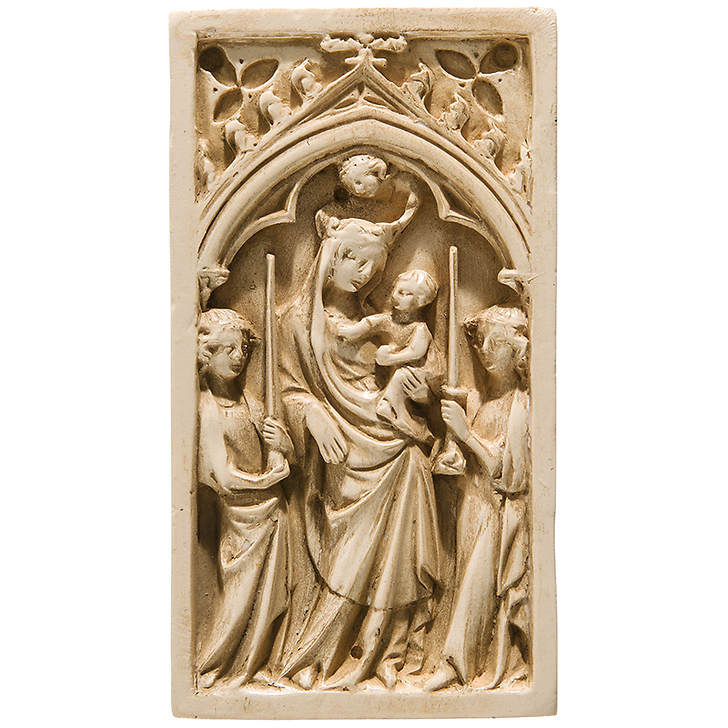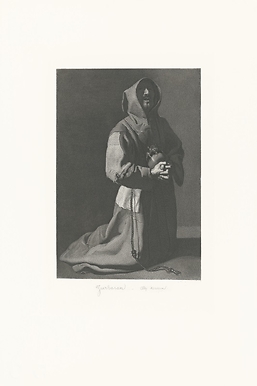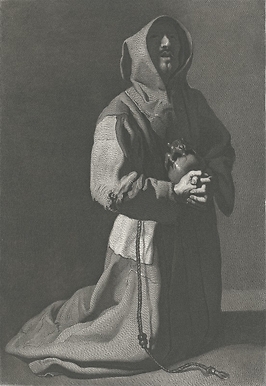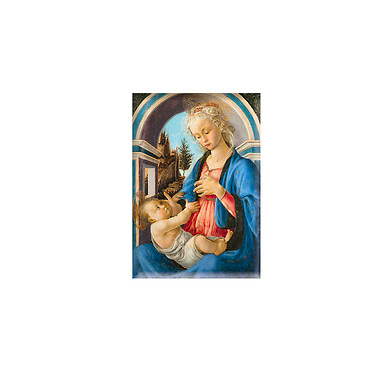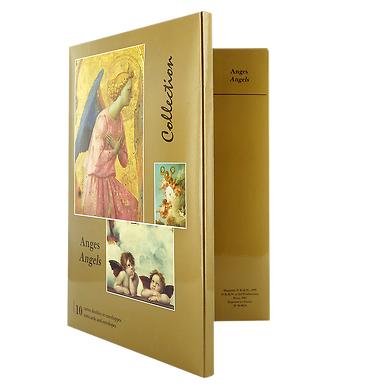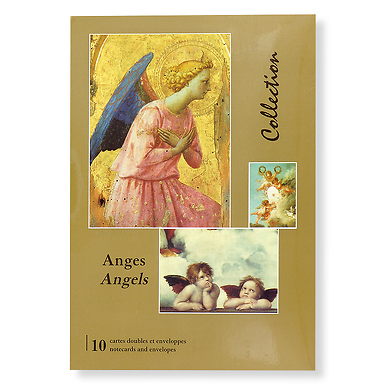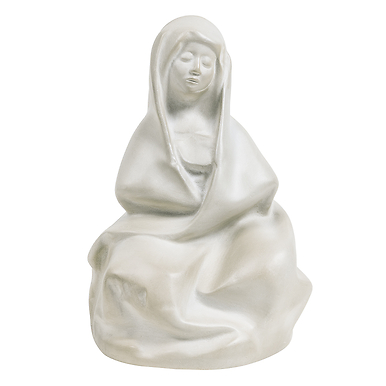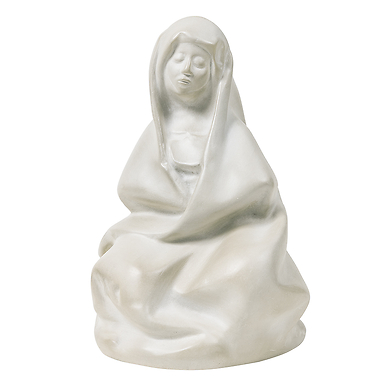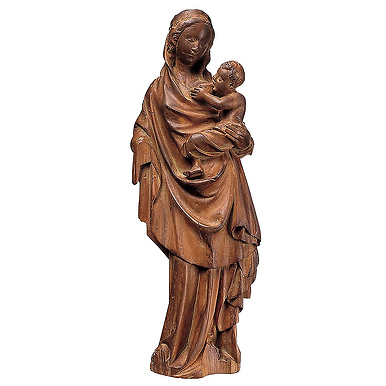Sculpture Glorious Virgin
RF004835
During the 14th century, sculpting in ivory was one of the most highly developed branches of the precious arts. This panel, carved in elephant ivory, is the leaf of a diptych. The second wing, which was once attached to it with hinges, has disappeared. In most of the diptychs that have survived intact...
Read more
During the 14th century, sculpting in ivory was one of the most highly developed branches of the precious arts. This panel, carved in elephant ivory, is the leaf of a diptych. The second wing, which was once attached to it with hinges, has disappeared. In most of the diptychs that have survived intact, the portrayal of the Virgin and Child is the pendant of a Crucifixion.
These sculptures, often polychrome and combined with silver or gold work, were intended mainly for private devotion. They were highly appreciated by a wealthy and sophisticated clientele.
The Virgin, framed by two angels holding candlesticks, is placed under a trifoliate arch, the pitches of which are surmounted by two trefoils and emphasised by crockets and a poppy-head.
A veil, held by a crown, covers the head of the Virgin, who is carrying the Child in her left arm. She is wearing a dress and an ample mantle, with one fold draped over the front up to the left arm, forming diagonal pleats. She is standing in a slightly curved posture.
The Child delicately places his left hand on his mother's breasts, and holds an apple in his right hand. An angel descending from heaven crowns the Virgin.
This type of representation is known as the «Glorious Virgin» and was very popular during the Late Middle Ages.
Stainless included for wall
Close
Login to see prices
Sold by GrandPalaisRmn

